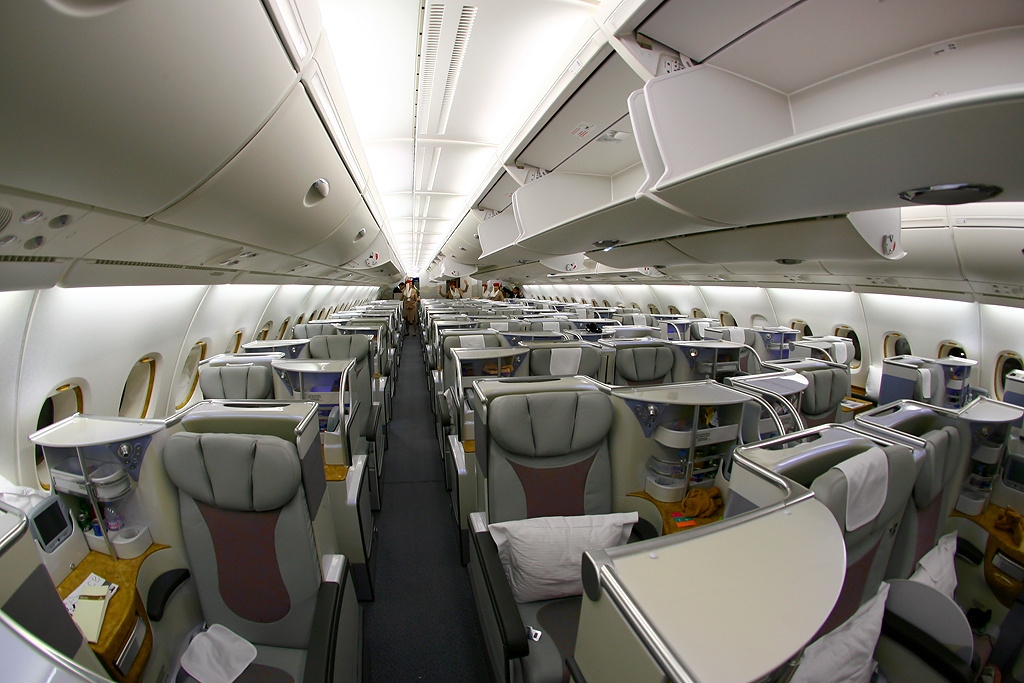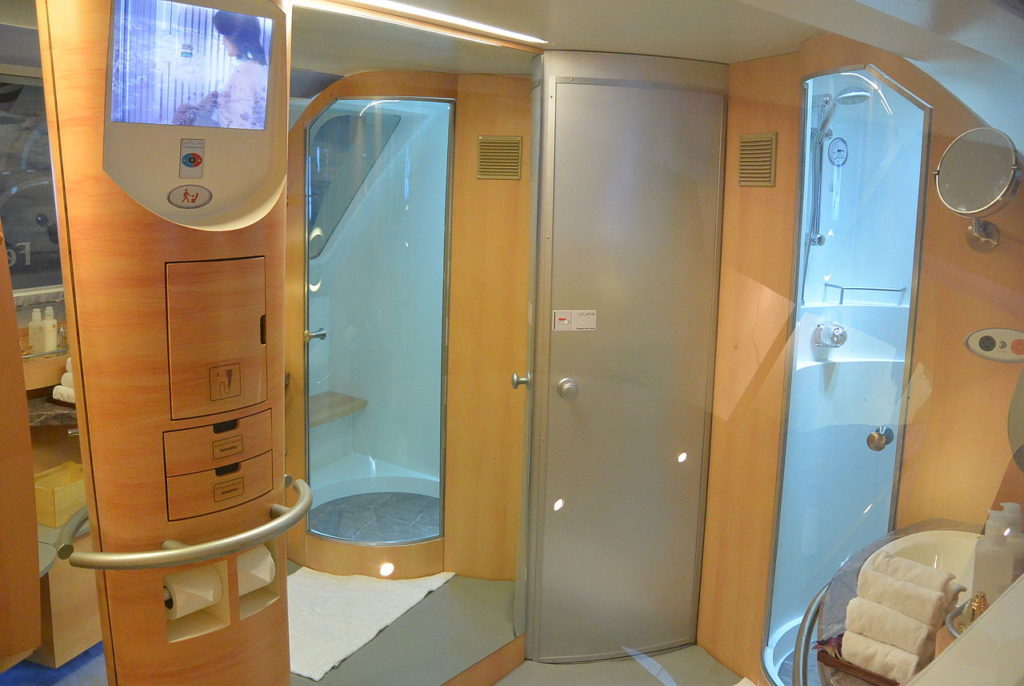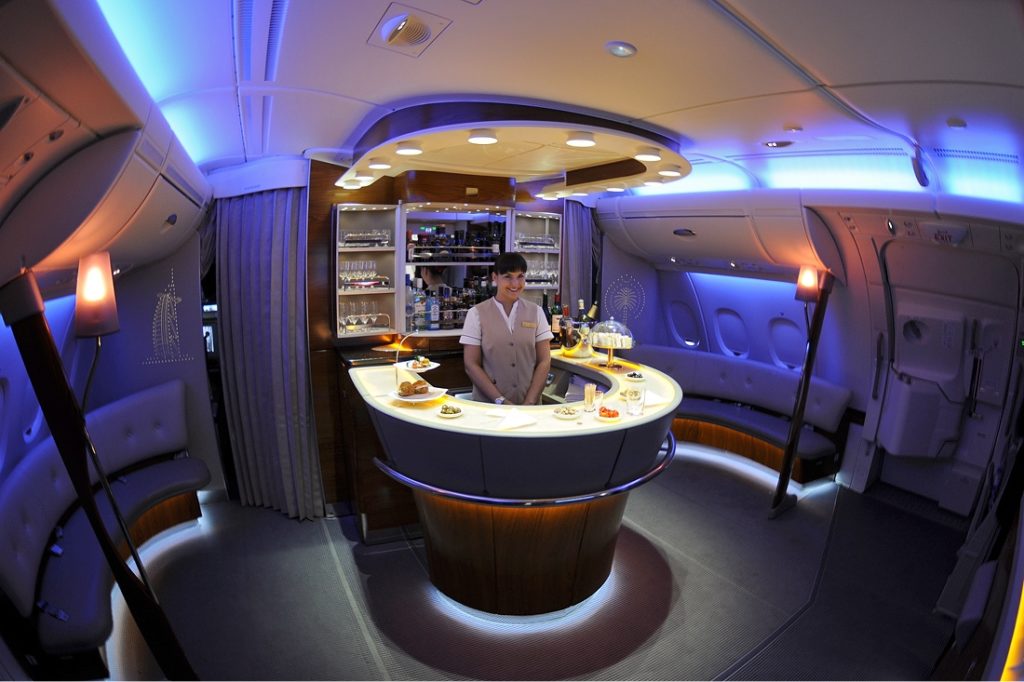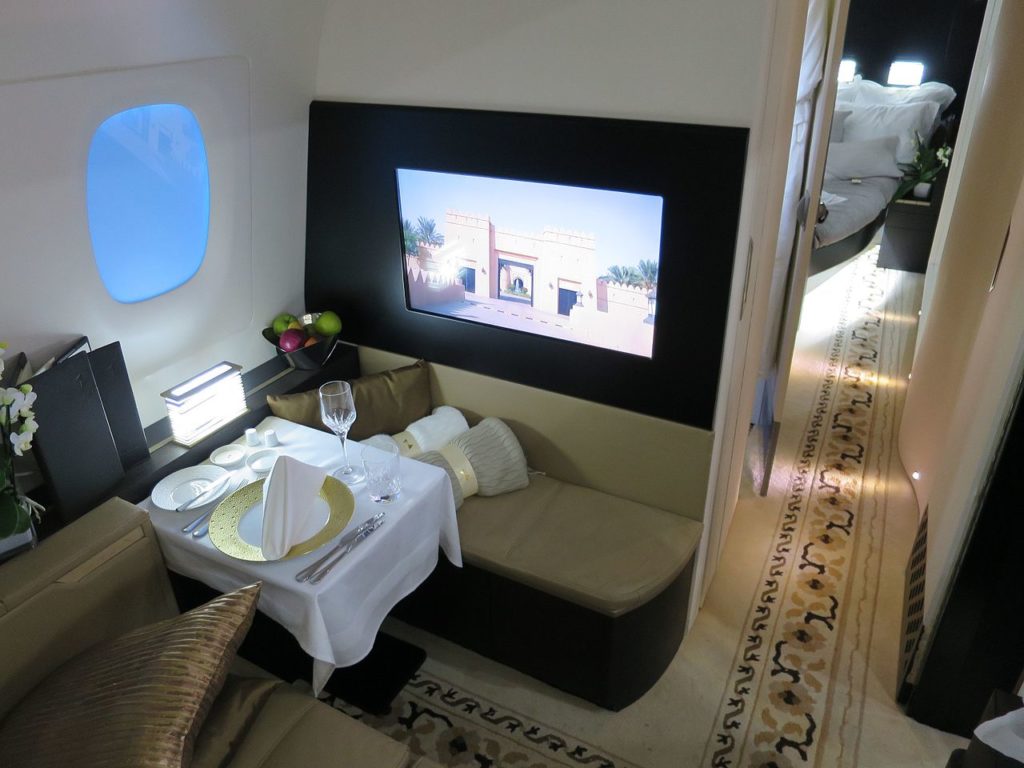- Sat. Jun 7th, 2025
Classic Cars, Movies, Music, and Other Stuff ...
Sad News from The World of Aviation.
Things haven’t been looking good for the Aviation Industry for quite a while. And the latest news is hardly encouraging either.
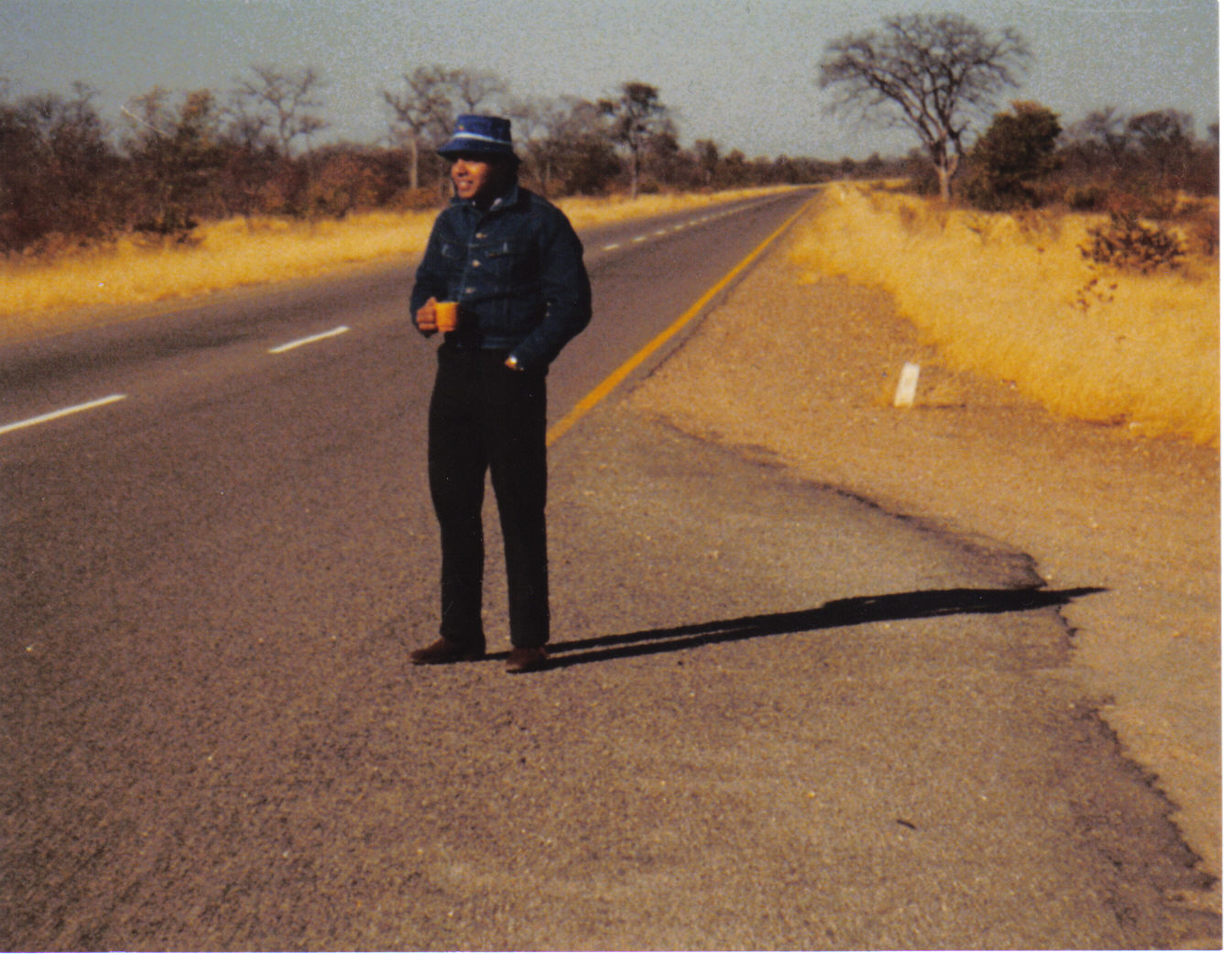
A couple of news items caught my eye recently. One was the possible liquidation of South African Airways, and the other of the likely retirement of the Airbus A380 – one of the largest airliners in service today.
While COVID-19 may be hitting the final blows for many in this industry, this is just a continuation of the downward trend that’s been plaguing aviation for quite a while. And it’s really disappointing as air travel has gone from one of the most fun experiences to where you’re packed closer and closer into an aircraft resulting in violent incidents. In fact, the glamour of flying seems to have faded away over the decades despite attempts by airlines to offer the best in travel comfort.
“…the glamour of flying seems to have faded away over the decades despite attempts by airlines to offer the best in travel comfort.”
A Glorious Past
Everything was looking up for air travel until sometime in the mid-60s. Airlines were competing and coming up with new ideas to win over passengers. Planes, airports, and service become more and more glamorous and fun. The aircraft industry too was looking up. Post-World War II technology advanced and the world suddenly started shrinking as air travel boomed spurred by increase in personal wealth. Bigger, faster, safer was the theme as Boeing, McDonnel Douglas, Lockheed, Dornier, British Aircraft Corporation (BAC), Hawker Siddeley, Vickers, Sud Aviation, and later Airbus competed for markets in the crowded skies.
YouTube / JetFlix
The big winners were the American Boeing and McDonnel Douglas, with BAC in England. Propeller engined airliners quickly gave way to Jets. The British De Havilland Comet was the first commercial jet engine aircraft in 1952. Unfortunately, due to design faults, too many of these crashed which made them less competitive despite being rectified and subsequent production until early 80s. The French with their SUD Aviation Caravelle, another jet engine airliner, was a close second in 1955. This, incidentally, was the first plane I flew in the 1960s. However, Boeing, with their designs, and smart marketing outsold their competition and became the mainstay of most airlines around the world.
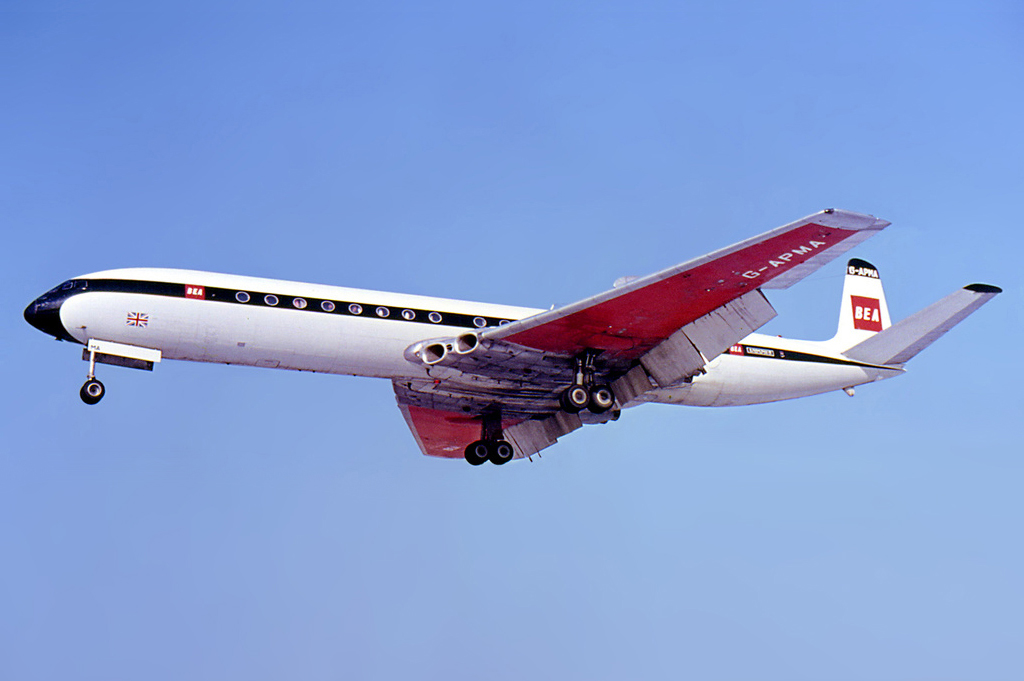
The Boeing 707 was the backbone of Boeing’s success despite the fact that BAC VC-10, with its rear engines, was likely a better plane. Boeing’s strategy of opening more maintenance facilities worldwide won over the airlines. Truth be told, I actually felt Boeing aircraft were better looking than their competition especially the 707 with its distinctive tail. During the 60s, the 707 ruled the skies with a smattering of McDonnel Douglas DC-8 and VC-10 aircrafts. This was probably the ‘finest hour’ of air travel as competition between various manufacturers really heated up and airports were upgraded all over. The entire world was going through a big change and things could only get better.
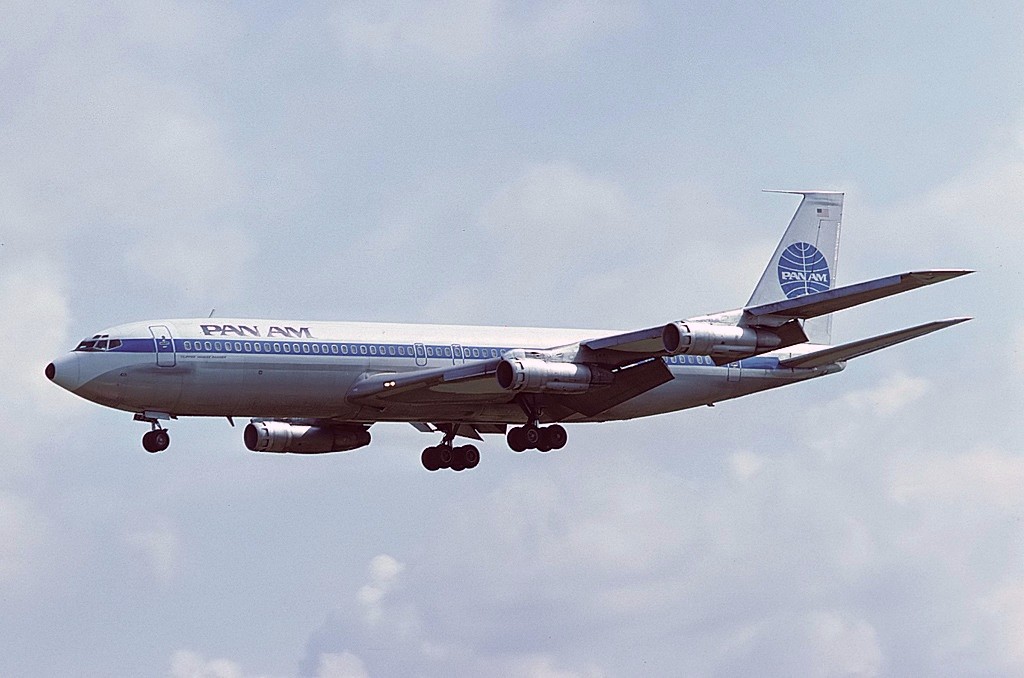
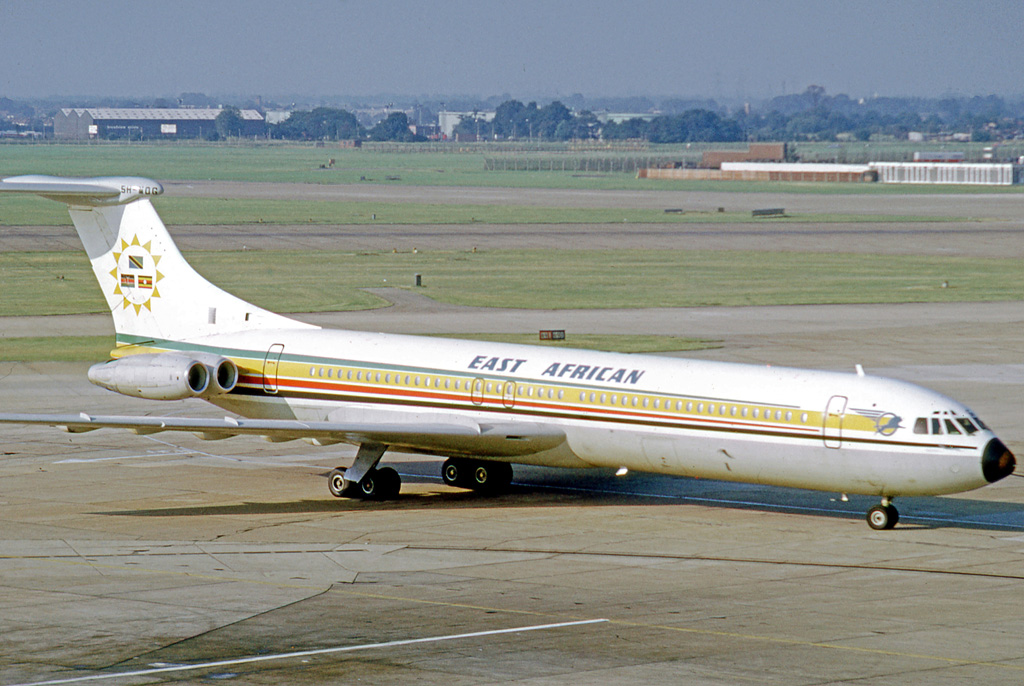
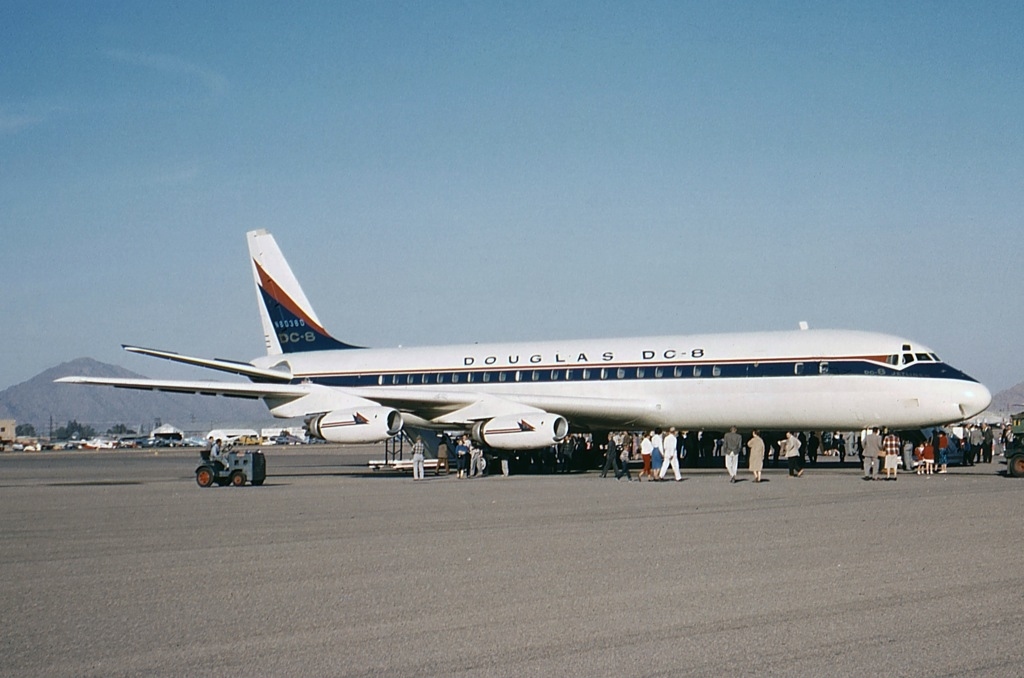
Big Developments
At this time, Boeing and Aerospatiale/BAC started working on planes that would revolutionize air travel. While Boeing looked into, and abandoned, the supersonic concept of air travel, the French/UK partnership started working on the first supersonic airliner: The Concorde. Boeing decided, instead, to look into developing the biggest passenger aircraft until then: The 747, also known as the ‘Jumbo Jet’. So, it was a case of speed versus size.
Speed Loses Out
Both aircraft were launched in 1968/69. The Soviets too, developed their supersonic aircraft: the Tupolev TU-144, which they rushed into completing just before the Concorde. However, the Russian aircraft was a failure on the long run and, after repeated accidents, was shelved in 1978. The Concorde on the other hand, while more successful, failed to be the commercial success it aimed for as only British Airways and Air France operated it – despite initial interest from many other airlines. With their repeated near accidents, high maintenance and costs, only the rich could actually afford to fly on the Concorde. It turned into more of a national pride for the UK and France. The final blow came when it crashed while taking off near Paris in 2000. This cutting-edge airliner was finally retired in 2003.
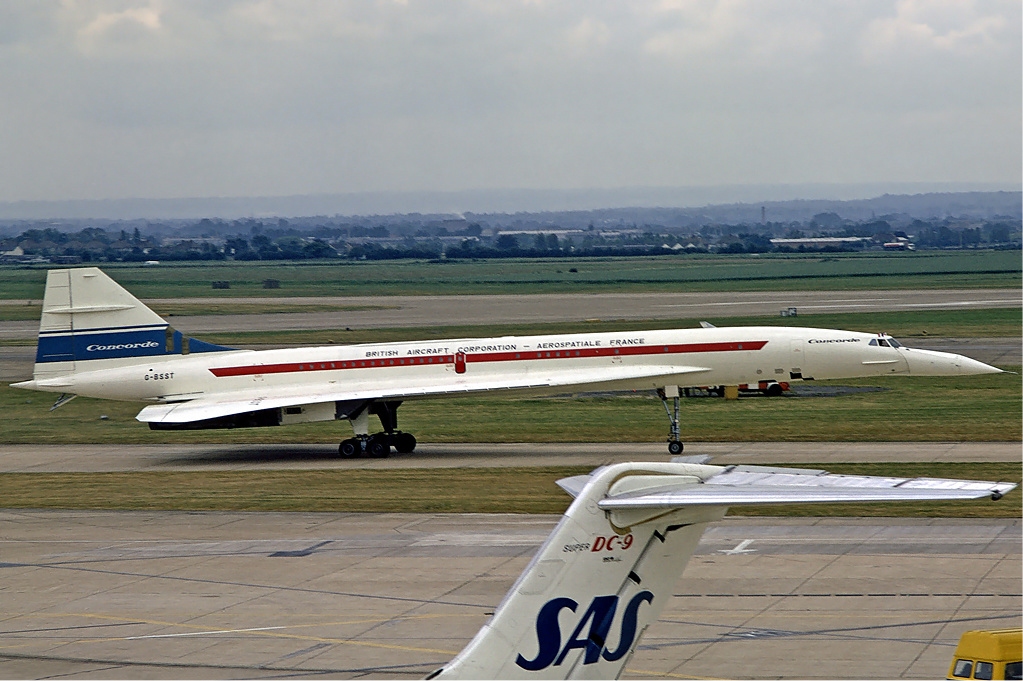
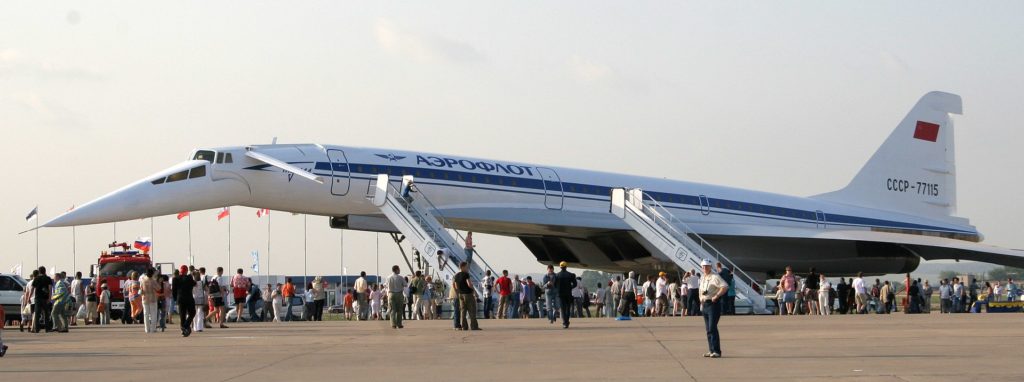
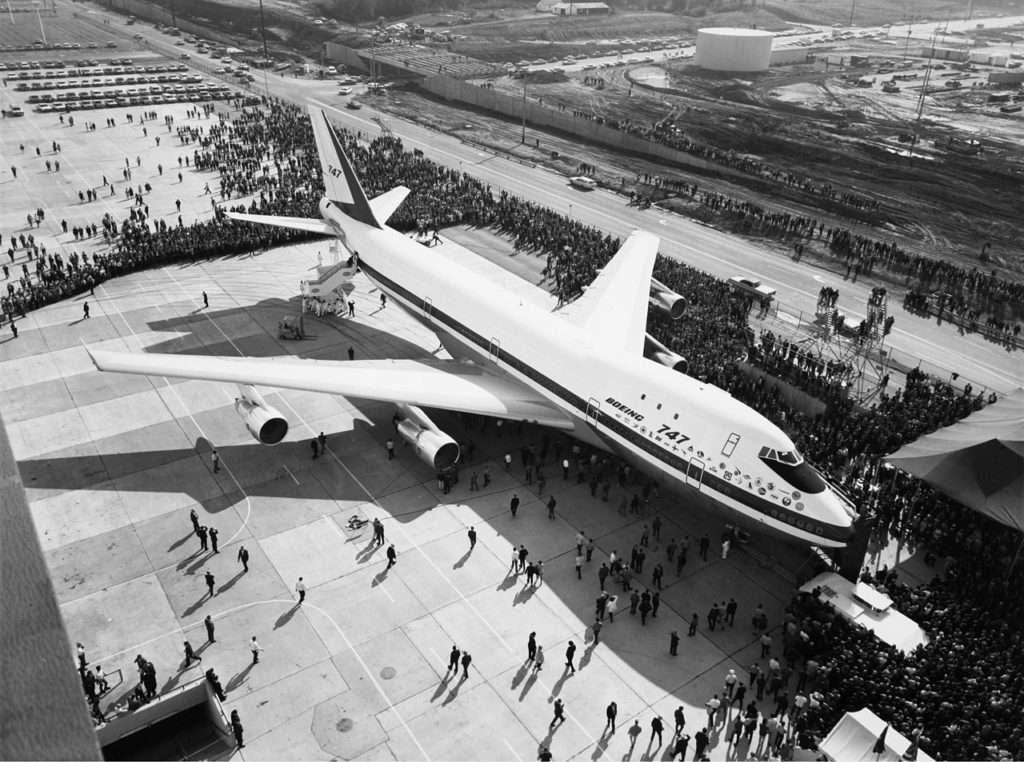
Size Continues to Grow
Meanwhile the Boeing 747 Jumbo Jet, went from strength to strength. Being so huge, with its unique second deck, it was awe-inspiring whether parked or flying. It was made in a wide variety of configurations and snapped up by almost all the major airlines in the world. So successful was the 747, that it spurred the competitors to also build larger ‘wide body’ aircraft seating in the 300+ range. McDonnel Douglas’ DC-10 and Lockheed Martin’s L-1011 TriStar entered the fray as likely contenders in the wide-body genre of aircraft. Personally, I think the Boeing 747 was by far the most beautiful of these aircraft.
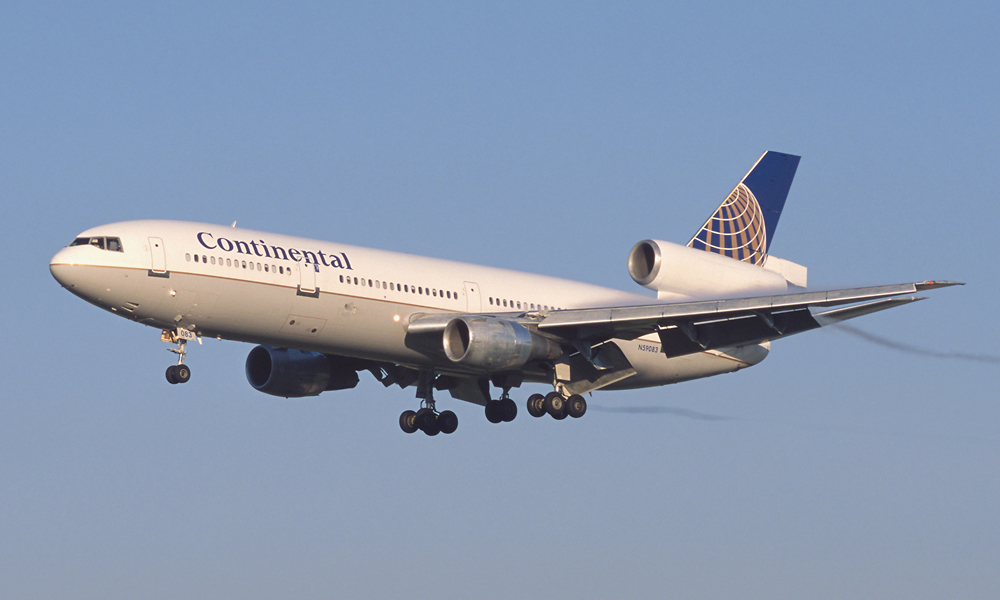
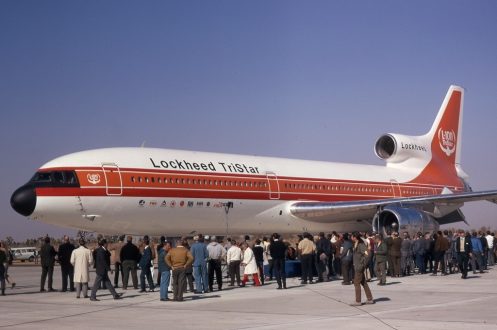
The Europeans Join In
During the 70s, the Europeans decided to join in the ‘Jumbo’ fray. A conglomeration of companies from Germany, France, and Spain came together to form Airbus SE. They developed the A300, and with its success followed up with the A310, A330, A340, A350, and the current A380 as their version of the Jumbo Jets. The last one is capable of as many as 800 passengers taking large aircraft to a whole new level. Airbus has been a very successful aircraft manufacturer despite coming late on the stage. With the recent issues with Boeing 737 MAX aircraft, Airbus has overtaken them in sales. With the size of their aircraft, Airbus upped the luxury factor in air travel. However only a few airlines have bought their biggest offering including Emirates, Qantas, Lufthansa, and Singapore Airlines.
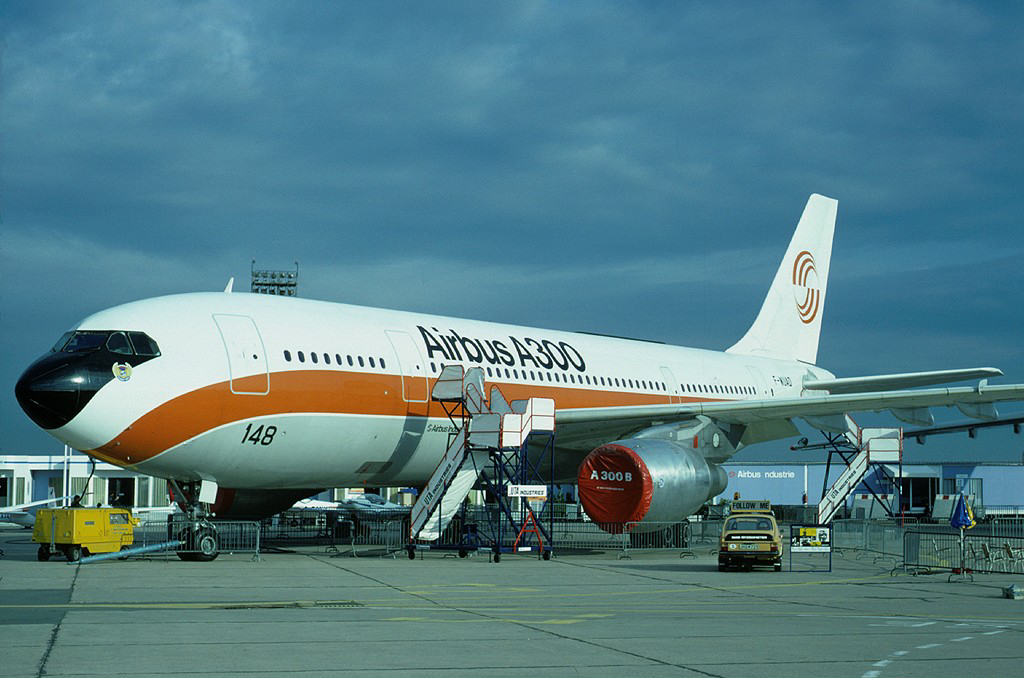
Rough Weather
Hijackings…
Okay, then just what did happen to bring down the aviation industry since the mid to late 60s? A spate of hijackings that started in the mid-60s and suddenly airports and airlines were faced with a huge jump in their overheads as they spent money to counter this new crime. Suddenly the innocence of air travel was lost forever. There was a time when you could go quite far in an airport terminal accompanying a departing passenger to a point close to the departure gate. Hijackings and subsequent security systems put in place took all that away. Suddenly a passenger would need to be thoroughly scrutinized before proceeding further once they checked in. This extra layer of security added a whole new level of frustration with air travel, not to mention the cost. This was the first blow.
And The Fuel Crisis
Then came the fuel crisis of the early seventies after the Israeli-Arab conflict. With the spiralling cost of fuel, another blow was delivered to air travel as this extra expense was passed on to the passenger. Also, aircraft manufacturers were triggered into making more fuel-efficient aircraft. This included the quest to squeeze more passengers per flight. Air passengers’ comfort took a hit as seat sizes and personal passenger space started shrinking. Meanwhile hijackings became more audacious resulting in deaths, and blown aircraft. In fact, some aircraft were simply blown up in mid-air. This era also saw the end of two iconic airlines in TWA and Pan Am – the latter being the first American airliner I flew on and hence felt personal to me. However, one more big blow was yet to come.
The Biggest Blow
The attacks, on that otherwise fine day on 11th September 2001, was so vicious that it further damaged air travel for good. This was unique in that the hijackers made no demands, rather commandeered the airliners and used them as weapons against targets on the ground. This had never been done before, and was a scenario that changed all thinking and dynamics of air travel. The onus fell heavily on preventing something like this happening again. The extremely rigid security checks established after that fateful day, requirements made on aircraft design, and new protocols dealt another really big blow to aircraft and air travel again. This is something we never really recovered from and has, for the good part, become the new normal in air travel.

Bizarre Events and The Current Crisis
The rest, as they say, is history as some really strange episodes occurred over the last couple of decades. There was the likely suicide by the EgyptAir 990 pilot, the Germanwings Flight 8525 episode, and the strangest one with the Malaysian Airlines MH370 incident.
Now I, like the majority of you, is not an aviation analyst; but just talking about these incidents and the recent debacle with the Boeing 737 MAX pretty much shows how troubled the environment had already become before the current viral outbreak. COVID-19 could be considered as the “mother of all” troubles to hit any business.
With airliners and aviation it goes onto a different level altogether. I need not touch on how airlines have played a major part in the faster transmission of COVID-19 and this is the area where people are most nervous about currently. With restrictions on travel, flight cancellations, grounded aircraft, and laid off personnel, this is likely the biggest blow of all for the industry. Its recovery may not materialize until and unless this we have this COVID-19 under control and behind us for good. I’m keeping my fingers crossed and hoping for the best as it’s been a while since I’ve flown and a trip is overdue for me.
SAA – The Understated Workhorse
So, it disappoints me on two levels on reading on the news regarding the A380 and South African Airways. I flew SAA a few times back in the 80s. The airline was, while not fancy or glamorous, very professional, efficient and functional. I found the aircraft well maintained, the crew efficient, friendly, and the whole experience very positive. This was the “old’ South Africa and hence was pretty much shunned by the rest of the world due to its policies. But the country soldiered on under the circumstances and SAA reflected this spirit. I don’t want to get into the debate of the country’s politics here but I always had the feeling I was in good hands when flying with them.
Interesting anecdote: Once my dad was delayed considerably while trying to catch an SAA flight. The aircraft had closed the doors, but re-opened them to accommodate him. As he settled down, he heard the Captain apologizing to the rest of the passengers and took the blame on himself by stating something to the effect “we made an error and failed to confirm if all the passengers were on board”. Pretty impressive attitude
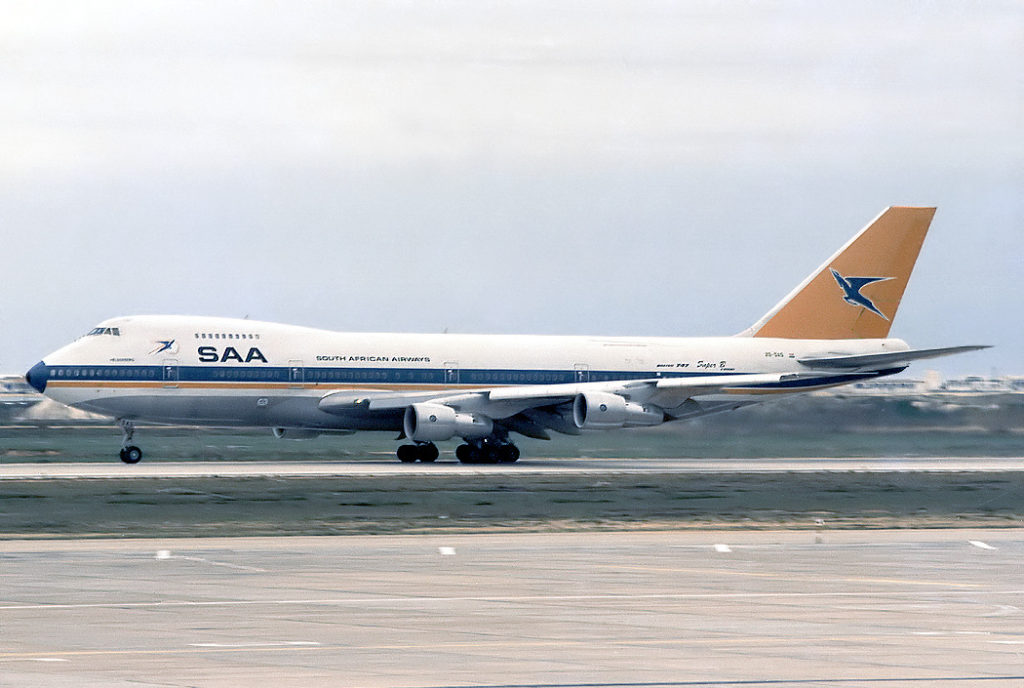
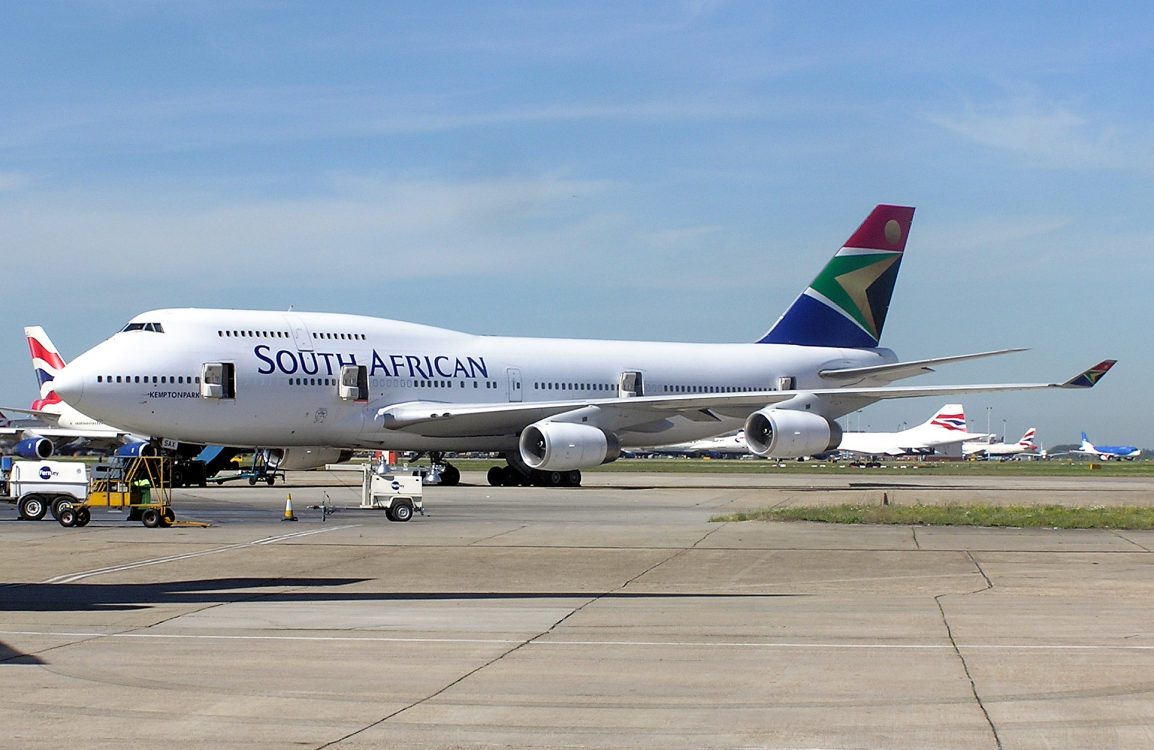
Disappointing Turn of Events for SAA
Since the early 90s, when South African changed and opened up, things were only supposed to look up. Many new destinations opened to the ‘newer’ SAA and became less of a pariah of sorts in the world. However, something was probably not right in the way it was managed. Somewhere, something changed and now I’m hearing of this likely breakup of and disappearance of the airline altogether. Again, I’m not an analyst, so I can only give my regards to one of the top-notch airlines I was lucky to have flown on. I often hear: “SAA? What’s that?” I would like to response: “…only one of the best managed airlines in the world…”. But I don’t even have the luxury to say that now. I sincerely hope it doesn’t vanish altogether. A major disappointment I have is that I failed to procure a model of their 747 in the old livery for the sake of history and a souvenir for me.
The End of Wide-Body Jets?
Talking about the 747, brings me to the second disappointment I feel. That of the likely retirement of the Airbus A380. I have always been a fan of the jumbo jets especially the Boeing 747. But the 747 seems to be “on the way out” despite many upgrades and has been be relegated to a Cargo role. However, I was happy to see the A380, even if only with a few airlines. The interior modifications on the A380 takes one back to the luxury of air travel of the past. I’ve never had the opportunity to fly on an A380. And going by the news, I most likely never will. It would be a real pity to see this plane vanish from our skies. The issues I’ve touched upon above may be responsible for its likely demise.

Hoping for the Best
I can only hope both these stories don’t come to be. But in these difficult times, I see no hope currently. In fact, I won’t be surprised to see more airlines restructure, amalgamate, or disappear altogether. And I certainly don’t want an end to wide body jumbo jets. I hope, if not the A380, we have another plane that “rises from the ashes”. While suffering considerably, I don’t see air travel or aviation as whole really disappearing as this form of travel is something the world cannot survive without. We are definitely heading for interesting times. We need to get back to the fun of air travel again without fear or danger of the unknown.
Last Three Posts under ‘Other’
Thanks to Medical Pioneers of the Past – A Sample
The Telephone: My Experience over the Years
“Quarantine” – Wow, Not THAT Word Again!
